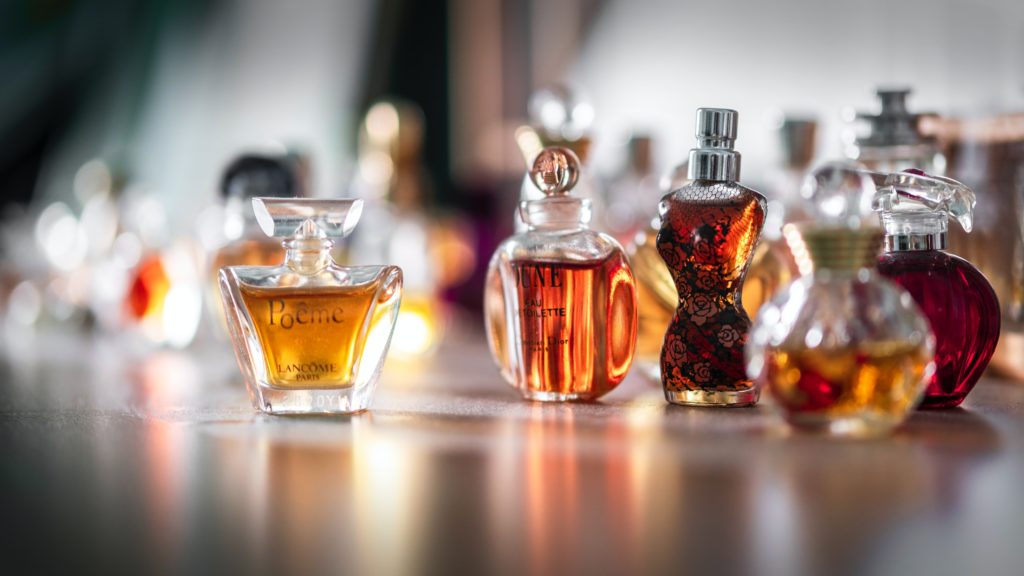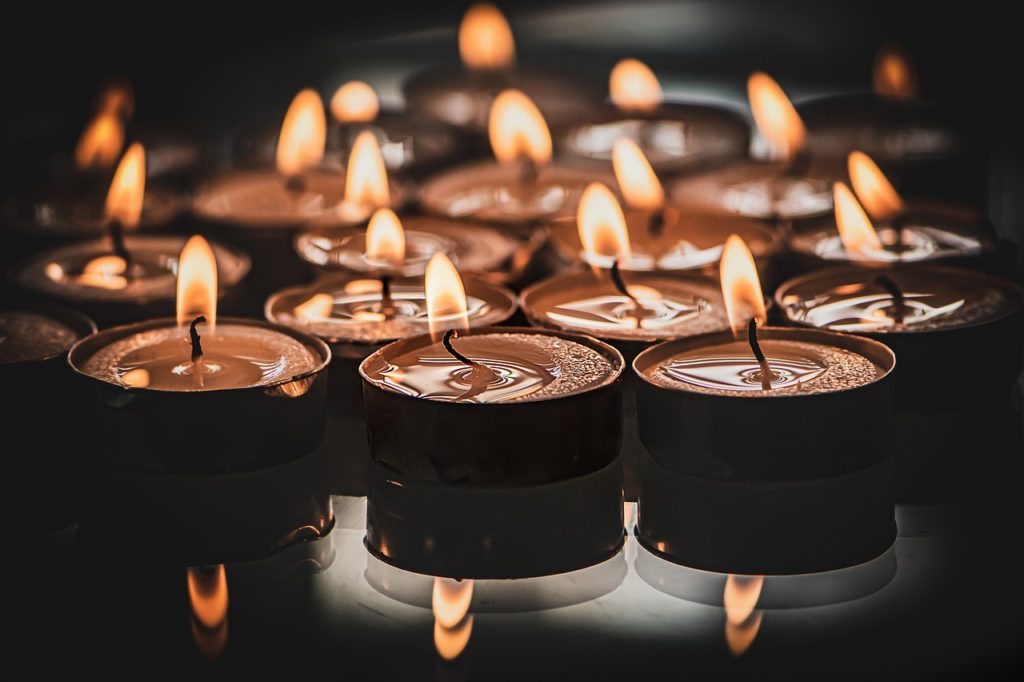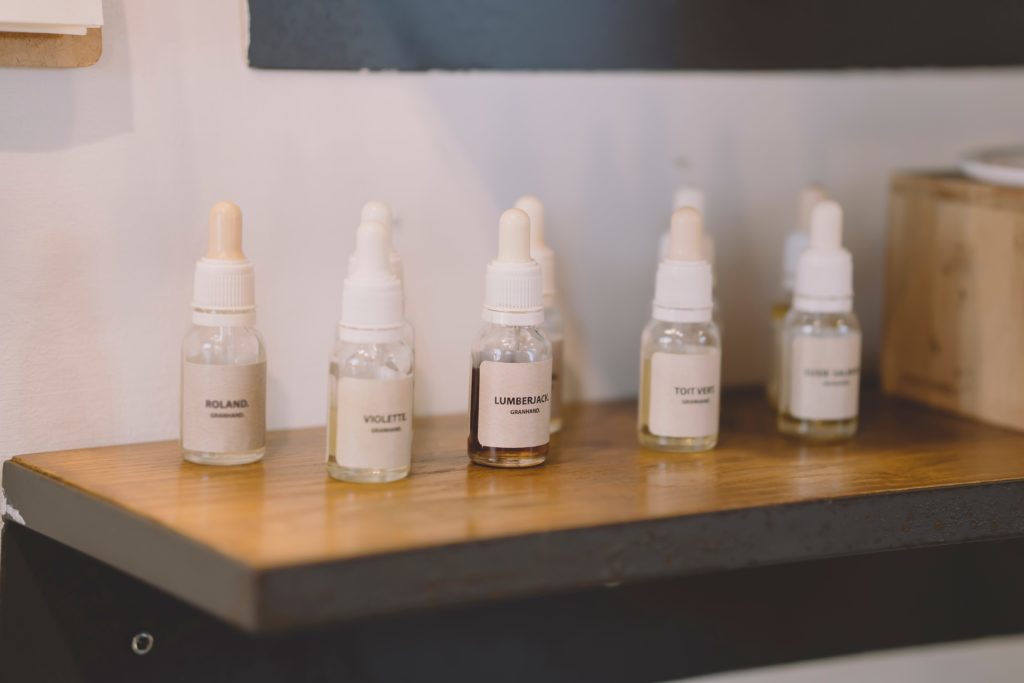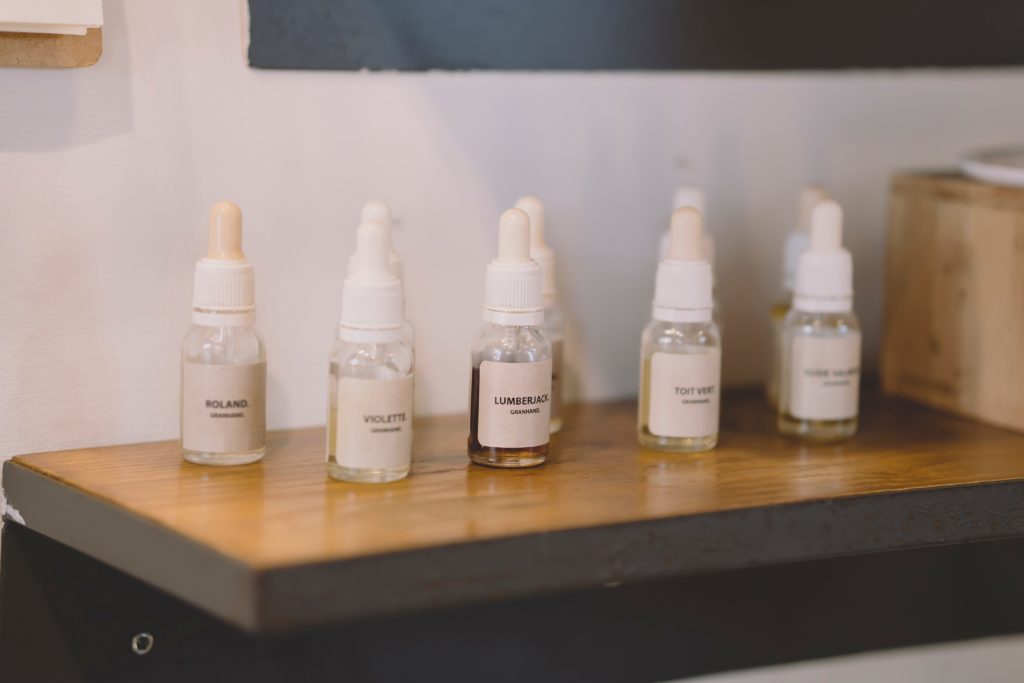Perfume is more than a pleasant scent; it’s a form of self-expression, a way to evoke memories, and an accessory that can leave a lasting impression.
But have you ever wondered how to make your fragrance truly unique? That’s where the art of perfume layering comes in. By combining different scents strategically, you can craft a fragrance that is entirely your own.
In this comprehensive guide, we will take you on a fragrant journey through the world of perfume layering.
The Basics of Perfume Layering
Imagine a musical composition in which different instruments play their part at different times. Perfume, too, has its own symphony of notes: top notes, middle notes (heart notes), and base notes.
- Top Notes: These are the initial impressions of a fragrance set, typically fresh and light. They are the first scents you notice but fade quickly.
- Middle Notes (Heart Notes): These notes come out once the top notes evaporate. They form the core of the fragrance and provide its character and personality.
- Base Notes: The foundation of any fragrance, base notes are deep, rich, and long-lasting. They become more prominent as the perfume dries down.
Understanding these notes is crucial when it comes to layering, as you’ll want to select scents that harmonize rather than clash.
Creating Your Signature Scent
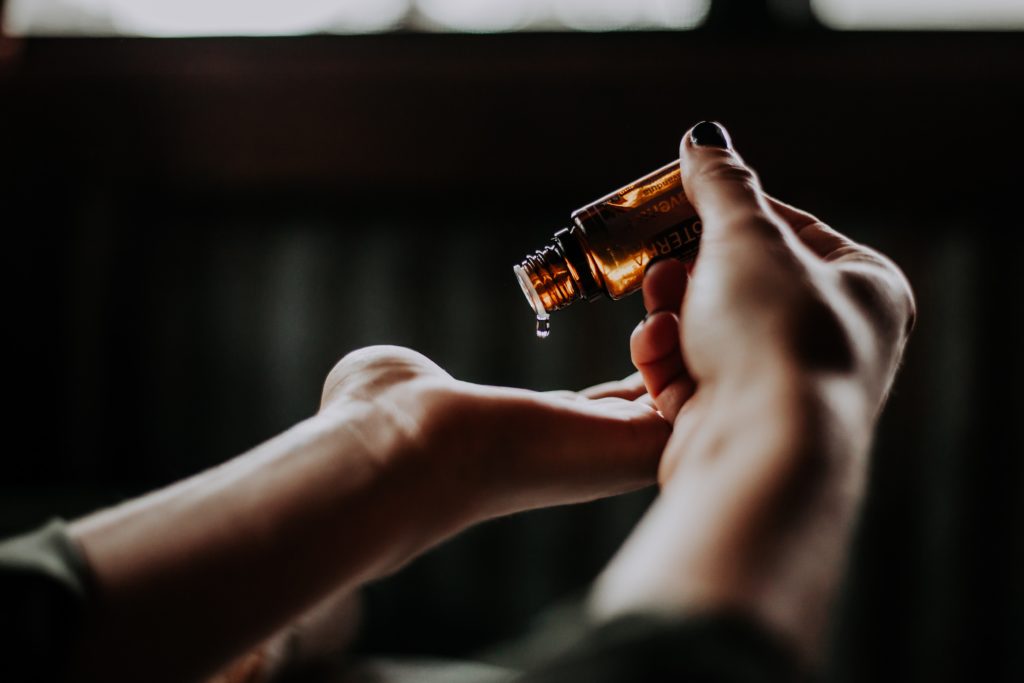
1. Selecting Complementary Fragrances
Choosing the right fragrances to layer is like assembling a puzzle. You’ll want scents that complement each other, creating a harmonious blend.
Start by identifying fragrances you love and want to incorporate into your signature scent. Consider their notes and characteristics, aiming for a balance of top, middle, and base notes to create depth and complexity.
2. Experimenting with Layering Combinations
Layering is an art, and experimentation is your canvas. Try different combinations of scents on your skin to see how they change over time.
Experimentation is key to finding your perfect blend. Apply one fragrance as a base and another as a top layer, then observe how they interact. Keep a journal to note your favorite combinations.
3. Personalizing Your Scent for Different Occasions
Just as you change your outfit for different occasions, your fragrance can adapt too. Create a lighter daytime scent and a more intense evening fragrance.
Tailor your layered scent to the occasion. Opt for fresh and floral notes for daytime events, and explore deeper, oriental notes for evenings. Your fragrance should reflect the mood and setting.
Tips and Techniques for Perfume Layering
1. Applying Perfume to Specific Pulse Points
To make the most of your layered fragrance, apply it to pulse points. The warmth of these areas helps diffuse the scent, making it more noticeable and long-lasting.
Apply perfume to pulse points like your wrists, neck, behind your ears, and inside your elbows. These areas emit heat, enhancing the fragrance’s diffusion.
2. Layering Techniques for Longer-Lasting Fragrance
Maximize the longevity of your layered fragrance by using a few techniques. For instance, apply a scented lotion before spraying your perfume.
Layering techniques can enhance your fragrance’s staying power. Consider applying a scented lotion or oil before applying perfume. This creates a moisturized base that helps lock in the scent.
3. Blending Perfume with Scented Lotions or Oils
Mixing your perfume with scented lotions or perfume oils can create a more subtle and unique scent profile. It also moisturizes your skin, helping the fragrance last longer.
Mixing your perfume with a scented lotion or oil can yield a more nuanced fragrance. This method not only softens the scent but also hydrates your skin, promoting longevity.
Fragrance Families and Pairings
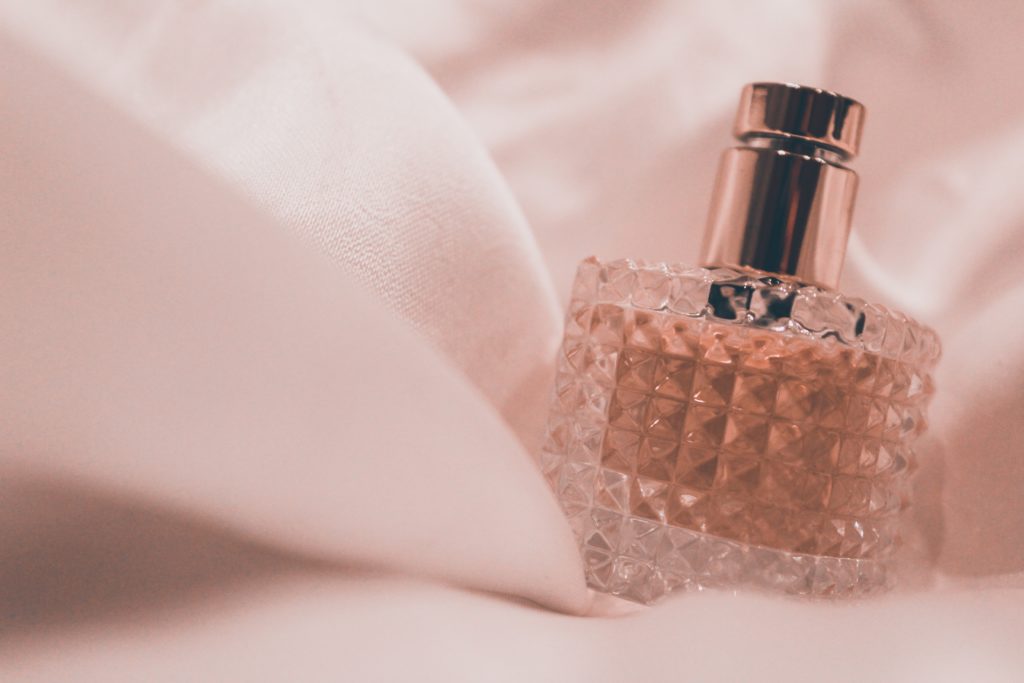
1. Exploring Fragrance Families
Fragrances are categorized into families based on their dominant scents. These families can help you identify scents that complement each other.
Fragrance families include floral, oriental, citrus, woody, and more. Each family has distinct characteristics, and understanding them can guide your layering choices.
2. Pairing Fragrances Within the Same Family
If you’re new to layering, start by pairing fragrances from the same family. This ensures a harmonious blend, as these scents are designed to work well together.
Pairing fragrances from the same family is a beginner-friendly approach to layering. For example, floral scents often complement each other beautifully.
3. Cross-Families Layering for Unique Scents
For a more adventurous approach, experiment with layering scents from different families. This can lead to intriguing and unexpected fragrance combinations.
Cross-families layering can yield intriguing results. For instance, combining a citrus top note with a woody base note can create a fresh yet grounded fragrance.
Dos and Don’ts of Perfume Layering
Dos – Best Practices for Successful Layering
Successful layering requires a few dos: do experiment, do start light, and do consider the season and occasion.
- Do Experiment: Don’t be afraid to try different combinations until you find your perfect blend.
- Do Start Light: Begin with a light application; you can always add more if needed.
- Do Consider the Season and Occasion: Adapt your fragrance for the weather and event.
Don’ts – Common Mistakes to Avoid
Avoid common layering pitfalls, such as overdoing it, using clashing scents, or neglecting your skincare.
- Don’t Overdo It: Less is often more with fragrance layering; don’t overwhelm your senses.
- Don’t Use Clashing Scents: Pay attention to how different fragrances interact; some combinations may not work well together.
- Don’t Neglect Your Skincare: Properly moisturized skin holds fragrance better, so don’t skip your skincare routine.
Perfume Layering for All Seasons
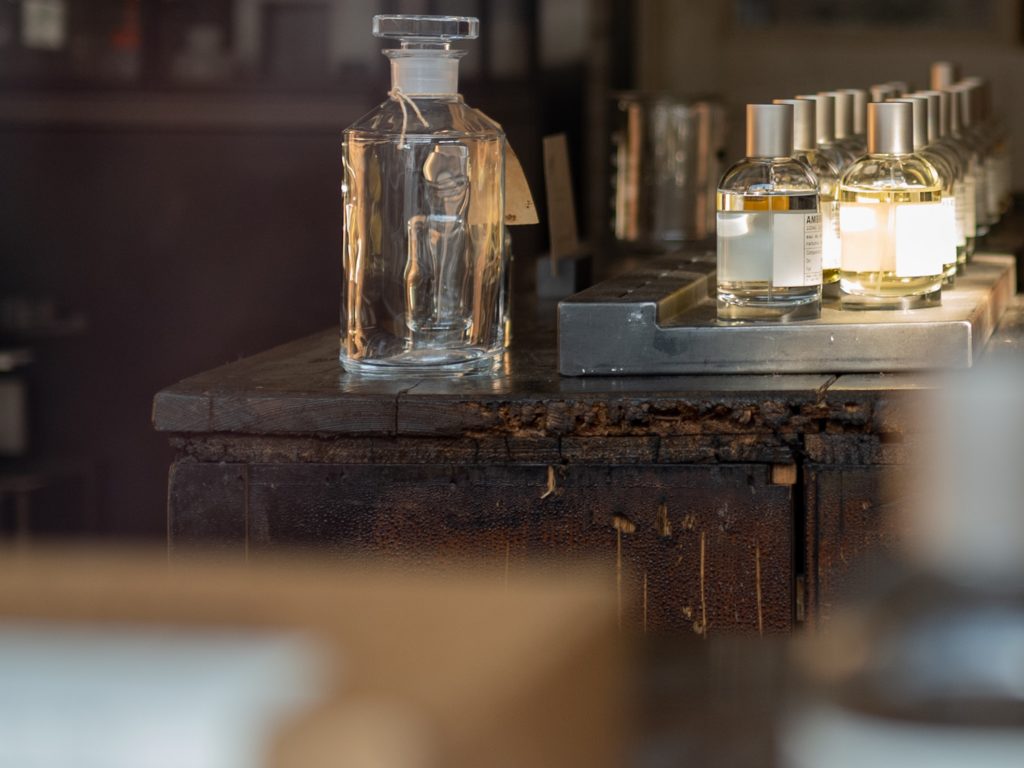
1. Adjusting Layering Techniques for Different Climates
Climate can affect how a fragrance changes on your skin. Adjust your layering technique to suit the weather.
In warmer weather, fragrances tend to evaporate more quickly, so opt for lighter scents and consider refreshing your fragrance throughout the day. In colder weather, deeper and longer-lasting fragrances work well.
2. Seasonal Fragrance Recommendations
Seasonal changes often call for different fragrances. Consider these seasonal recommendations for layering.
- Spring: Light, floral scents with fresh top notes.
- Summer: Citrus and aquatic fragrances for a refreshing feel.
- Autumn: Spicy and woody scents with warmth.
- Winter: Deep oriental or gourmand fragrances for coziness.
Benefits of Perfume Layering
1. Enhanced Longevity and Sillage
Layering can extend the life of your fragrance, ensuring it lasts throughout the day. It also increases sillage, the trail of scent you leave behind.
One of the primary benefits of perfume layering is enhanced longevity. By combining scents strategically, you can enjoy your fragrance’s delightful aroma for hours. Additionally, the sillage, or the aura of fragrance that surrounds you, becomes more noticeable and captivating.
2. Creating a Unique and Memorable Scent
Layering allows you to craft a scent that is entirely your own, making it memorable and distinctive.
With perfume layering, you have the creative freedom to design a fragrance that is uniquely yours. Your signature scent becomes a memorable part of your identity, leaving a lasting impression on those around you.
3. Cost-Effective Use of Fragrance
Instead of purchasing multiple perfumes for different occasions, you can maximize your existing collection by layering. It’s a cost-effective way to diversify your fragrance wardrobe.
Perfume layering offers a cost-effective way to expand your fragrance collection without buying numerous bottles. By blending scents, you can create a variety of fragrance profiles using what you already have.
Conclusion
Understanding fragrance notes, experimenting with combinations, and following dos and don’ts are the tools that empower you to craft your unique olfactory masterpiece. Remember, perfume layering is an art, and your skin is the canvas. So, embrace the scents that resonate with you, experiment with confidence, and let your layered fragrance become an integral part of your style and identity.
Frequently Asked Questions (FAQs)
1. What is the art of layering perfume?
The art of layering perfume involves combining multiple fragrances to create a unique and personalized scent.
2. Is layering perfumes a good idea?
Yes, layering perfumes is a great way to create a unique fragrance that suits your personality and preferences.
3. How do you layer your body with perfume?
To layer your body with perfume, start with a scented lotion or oil, then apply your chosen fragrances to specific pulse points like wrists, neck, and behind your ears.
4. What are the three layers of perfume?
Perfume typically has three layers of fragrance notes: top notes, middle notes (heart notes), and base notes.
5. Which perfumes mix well together?
Perfumes that share complementary notes or belong to the same fragrance family tend to mix well together when layered.
6. What are the 4 main perfume scents?
The four main perfume scent categories are floral, oriental, citrus, and woody.
7. What are the 5 stages of fragrance?
The five stages of fragrance include top notes, middle notes (heart notes), base notes, dry down, and sillage.
8. What are the 9 types of fragrances?
Fragrance types include floral, oriental, citrus, woody, aquatic, gourmand, green, spicy, and fruity.
9. How do you make perfume last longer?
To make perfume last longer, apply it to well-moisturized skin, choose longer-lasting fragrances, and consider layering.
10. Does Vaseline help perfume last?
Yes, applying a small amount of Vaseline to pulse points before spraying perfume can help extend its longevity.
11. What does glycerin do in perfume?
Glycerin in perfume can act as a fixative, helping the fragrance adhere to the skin and last longer.
12. How can I make my perfume smell stronger?
To make your perfume smell stronger, apply it to pulse points, use a scented lotion or oil as a base, and choose fragrances with pronounced base notes for longevity.
